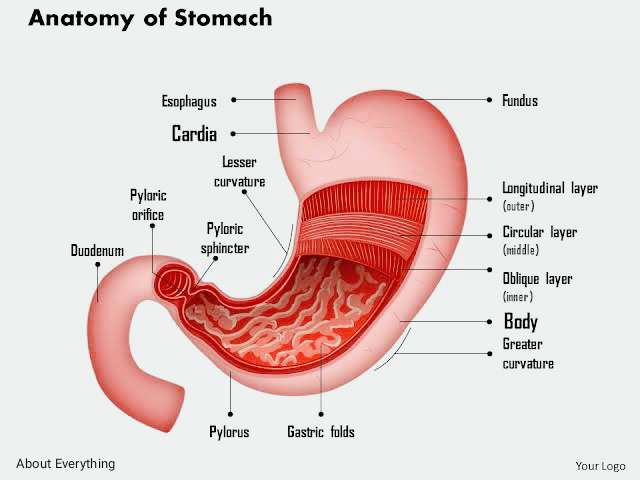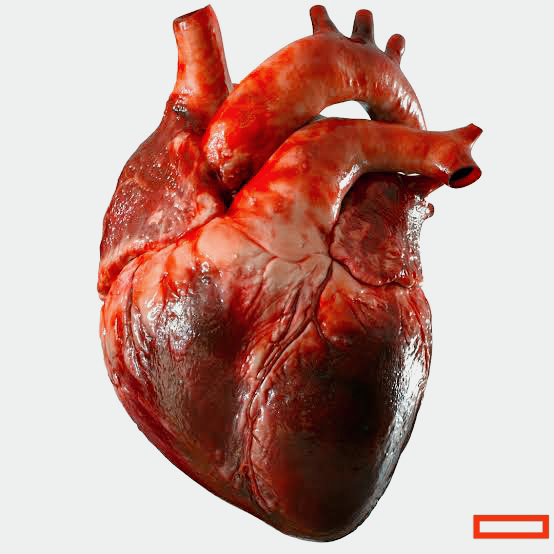STOMACH
STOMACH
The muscular organ that digests food is your stomach. It is a component of your digestive system (GI). When you eat, your stomach contracts and releases the acids and enzymes needed to break down the meal. When your stomach has digested the meal, your small intestine absorbs the nutrients.
Food is digested by the stomach, a J-shaped organ. Acids and enzymes, which are chemicals that catalyse chemical reactions, are produced (digestive juices). Food is broken down by this concoction of digestive juices and enzymes so that it may move on to your small intestine.
The digestive (GI) tract includes your stomach. Your mouth is where the GI tract begins, and it is a long tube. It flows out of your body through your anus, where you poop. Your digestive system's GI tract is a crucial component.
LOCATION
On the left side of your body, the upper abdomen is where your stomach is located. Your stomach's top joins a valve known as the esophageal sphincter (a muscle at the end of your esophagus). Your small intestine joins your stomach at the bottom.
The size of your stomach
Everybody has a different-sized stomach. Your stomach grows when it is full and contracts when it is empty. Because of this, the amount and recentness of your meals might affect how big your stomach is.
The stomach's anatomy is composed of what parts?
There are five separate parts in your stomach:
1).The CARDIA is the top of your abdomen. It has a cardiac sphincter, which stops food from going back up your oesophagus.
2).The circular area close to the cardia is the FUNDUS. Under your diaphragm (the dome-shaped muscle that helps you breathe).
3).The biggest portion of your stomach is called the BODY (CORPUS). Your stomach constricts inside your body and starts blending meals.
4).Below the body is the ANTRUM. Until your stomach is ready to transfer food to your small intestine, it stores food.
5).The bottom of your stomach is called the PYLORUS. The pyloric sphincter is among them. When and how the contents of your stomach pass into your small intestine are governed by this ring of tissue.
STRUCTURE.
Your stomach is made up of several layers of muscle and other tissues:
1).The MUCOSA is the inner lining of your stomach. The mucosa of your empty stomach has tiny ridges (rugae). The mucosa enlarges and the ridges flatten when your stomach is full.
2).The SUBMUCOSA is made up of nerve cells, connective tissue, blood vessels, and lymph vessels (which are a part of your lymphatic system). The mucosa is covered and shielded by it.
3).Your stomach's main muscle is called the MUSCULARIS EXTERNA. Three layers of it contract and relax to break down food.
4).Your stomach is protected by a membrane layer called SEROSA.
INTRESTING FACTS ABOUT STOMACH.
1).Before you even start eating, the mere thought of tasting, smelling, chewing, and swallowing food boosts stomach secretions! The stomach amazingly produces 2L of gastric juice each day.
2).Because stomach acid is extremely acidic and contains enzymes that break down proteins, a fresh layer of protective mucus coating the stomach lining forms at least every three days. Without it, your stomach would start to macerate from the gastric acids!
3).An ulcer known as a peptic is one that develops on the duodenum or stomach lining (duodenal ulcer). However, non-steroidal anti-inflammatory drugs (NSAIDs) like ibuprofen and aspirin are also frequently to blame for ulcers. The majority of ulcers are caused by the bacteria Helicobacter pylori. Ulcers are NOT caused by eating hot food or stress.
4). Only a little amount of alcohol and other drugs, such as aspirin, are absorbed by the stomach.
5).A protein called intrinsic factor, secreted by the parietal cells that make up the stomach wall, is necessary for the absorption of vitamin B12. The intrinsic factor-vitamin B12 complex is absorbed in the small intestine after binding to a specific receptor there.
__________________________________________
_Thank you 😊
_Best of Luck👍
_Zeeshanfayazlone@



Comments
Post a Comment